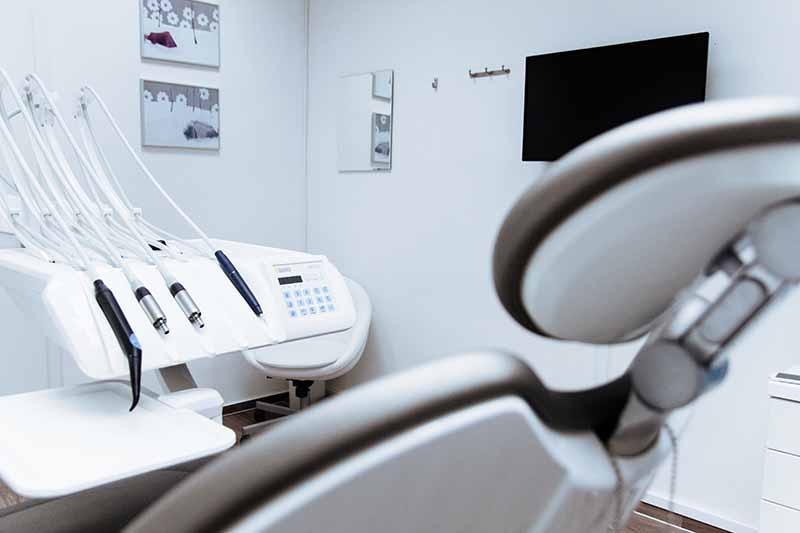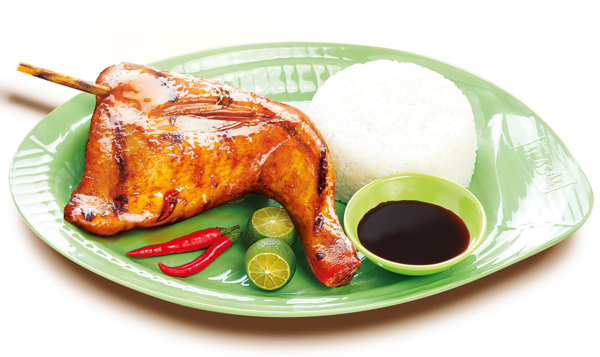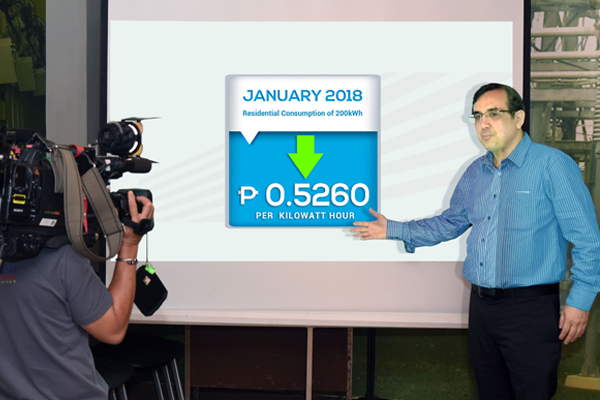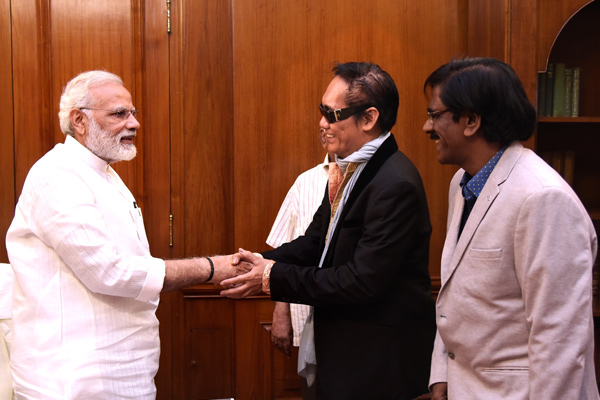
Temporomandibular Disorders (TMD) is a spectrum of disorders that affects the jaw joint and associated muscles. The latest evidence in TMD management favors the use of conservative and reversible therapies and I have emphasized this in the last three parts of this series.
Oral splints are a mainstay in managing TMD pain but very often it is misapplied. There are several types of splints but only two types, the Stabilisation Splint and Anterior Repositioning Splint, can be fabricated to provide reversible therapy.
The theories as to why splints may work to relieve TMD pain are:
1. It breaks the pain cycle by distracting the brain
2. Lengthens the jaw muscles slightly into a more relaxed state
3. Decreases habitual abnormal jaw function
4. Alters joint position slightly thereby decreasing joint load
Some TMD “specialists” misuse splint therapy. The use of irreversible splint designs as “one-treatment-fits-all" is rampant. Many times patients are unnecessarily subjected to a “two-phase TMJ treatment” to “stabilize the joint".
This usually starts as prolonged, thicker than normal splint wear, sometimes lasting one year. Once the teeth and jaw have been unnecessarily moved to another position, some form of orthodontic or restorative work are done on these teeth.
Unfortunately, many patients don’t know better and end up with so much unnecessary dental work only to have their TMD pain come back. In some instances, patients who had no TMD and hence, no need of intervention, end up having jaw pain or lose the orientation of their bite after spending enormous resources on unnecessary “TMD” interventions.
Reversible splints are generally made flat with no guidance, are no thicker than two to four millimeters and are initially only used at night. If daytime wear is warranted, it must be removed before eating.
Splint wear should only be used until the pain goes away, usually for a few months but in cases where there are abnormal jaw habits, it may be worn for extended periods. Splints should not alter a patient’s jaw position or bite orientation and once its use is terminated, patents generally do not require any further dental intervention.
READ:
Think you have TMD? Here's what you need to know (Part 1)
What you need to know about TMD (Part 2)
Jaw muscle pain: How to get relief
***
Dr. Ricardo Boncan received his training in TMD and Orofacial Pain at the University of Rochester, Eastman Institute of Oral Health in Rochester NY. He is the current president of the Orofacial Pain Association of the Philippines and the program director of the University of the Philippines College of Dentistry TMD and Orofacial Pain Program.








